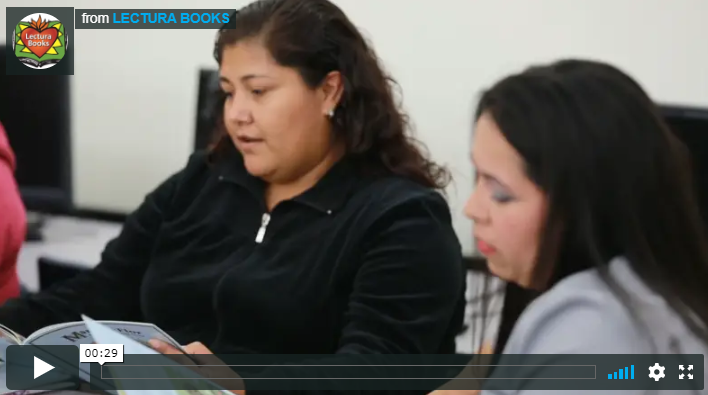Hispanic Heritage Month is celebrated from September 15th to October 15th. This month long celebration begins on the 15th of the month, instead of on the 1st of the month, because it coincides with the independence days of several Latin American countries on the 15th, followed by Mexico on the 16th, Chile on the 18th, and Belize on the 22st. This celebration of Hispanic heritage showcases the second fastest growing racial or ethnic group, in the U.S., reaching 57 million people – totaling up to 18% of the U.S. population. Hispanics are considered a multi-racial ethnic group, as the term represents people from 20 different countries.
All children need opportunities to celebrate and explore various cultures, especially when that culture is their very own. Hispanic Heritage Month is the perfect time to explore the diversity within the Hispanic population. Educators and school officials can motivate Hispanic parents to help teach their children about the significant presence and influence of Hispanics in our society. Some ways that parents can get involved in teaching their children about Hispanic Heritage Month include:
Listen to Music
A great way to teach children about Hispanic culture is exposing them to music in Spanish. Choose age appropriate music or music by key figures in Spanish music such as Juan Gabriel, Linda Ronstadt, José Alfredo Jiménez, Carlos Vives, Celia Cruz, and Gloria Estefan. There are also an array of children’s songs and nursery rhymes in Spanish such as “Tengo Una Muñeca Vestida de Azul,” “Arroz Con Leche,” “Un Elefante Se Balanceaba,” and “De Colores.”
Visit Farmer’s Market or a Farm
A truly educational way to commemorate Hispanic Heritage Month is visiting a farmer’s market or a farm and teaching children about the Mexican American civil rights leader, Cesar Chavez. He founded the United Farm Workers Association and dedicated his life to non-violent protest to promote and fight for migrant workers to receive human treatment. Chavez and the union fought against the use of pesticides, cruel working conditions, and low wages.
Get into the Kitchen
Food is always something that reminds people of home. Hispanic culture has a plethora of cuisine to enjoy from every Hispanic culture. Parents can get into the kitchen with their children and prepare recipes from diverse Hispanic cultures. Another option is to visit a Hispanic restaurant and try something new. Nowadays, it is easy to find Argentinian empanadas, Cuban sandwiches, El Salvadorian pupusas, and Mexican tacos in every large to medium city in the U.S.
Read Spanish or Bilingual Books
Books and stories often tell a story that reflects the background of a certain culture. Parents can read Spanish language or bilingual books with their children to learn more about various Hispanic cultures. There are a vast amount of age appropriate books that parents can read to or with their children such as “Bless Me, Ultima,” “The House on Mango Street,” and “Too Many Tamales.” Additionally, Lectura Books offers an array of bilingual books for children of all ages, as well as other resources for parents.

